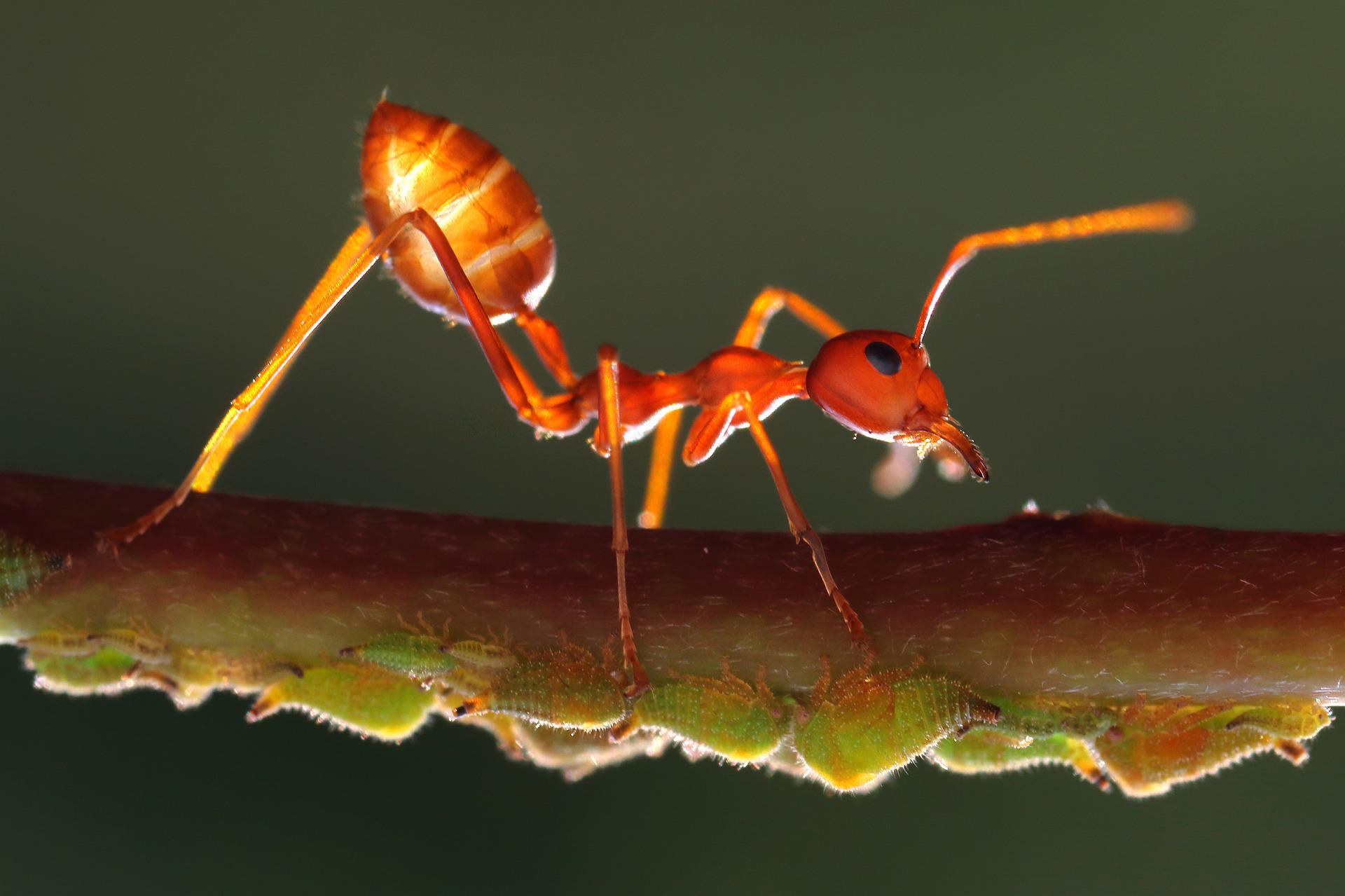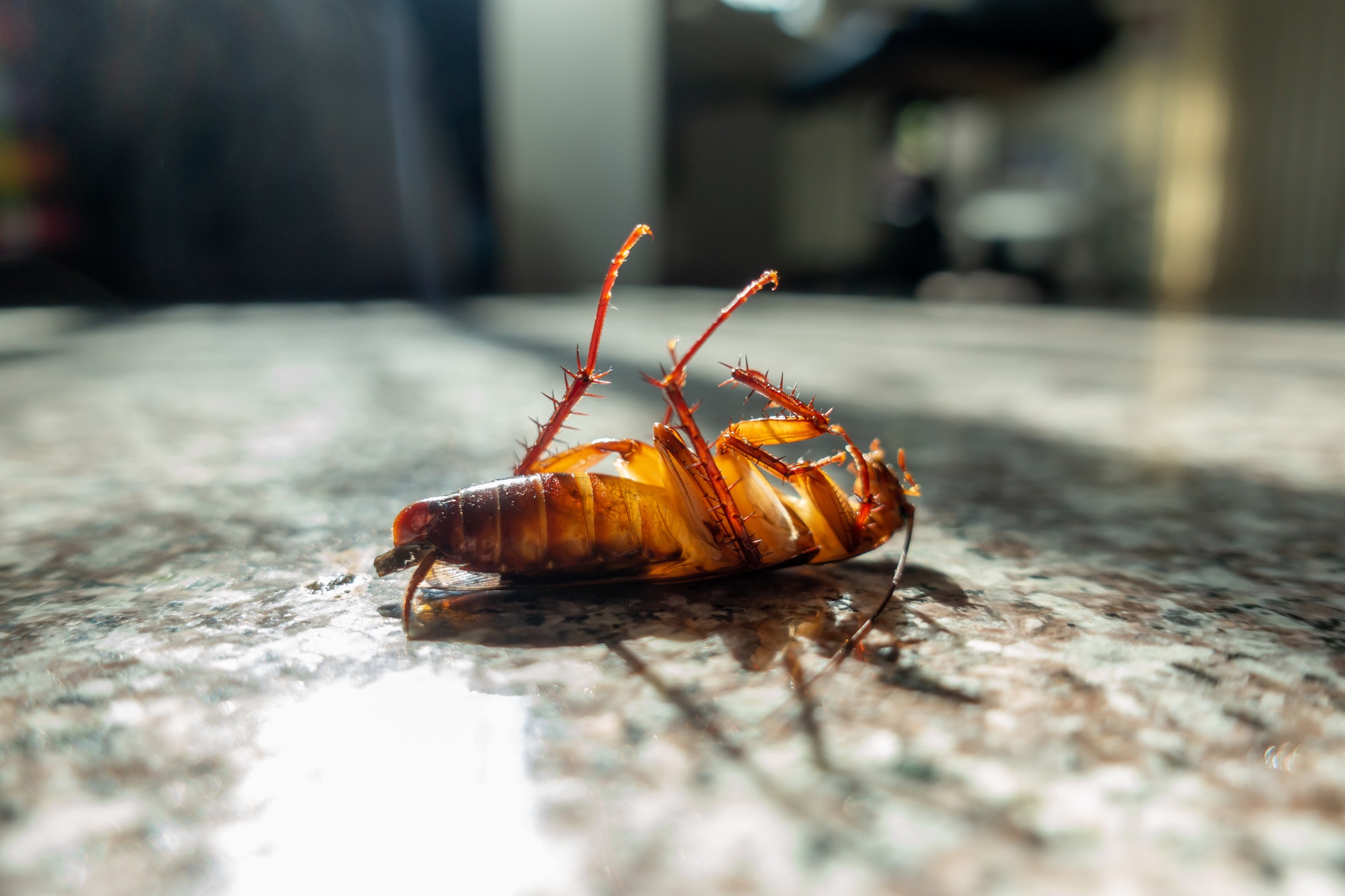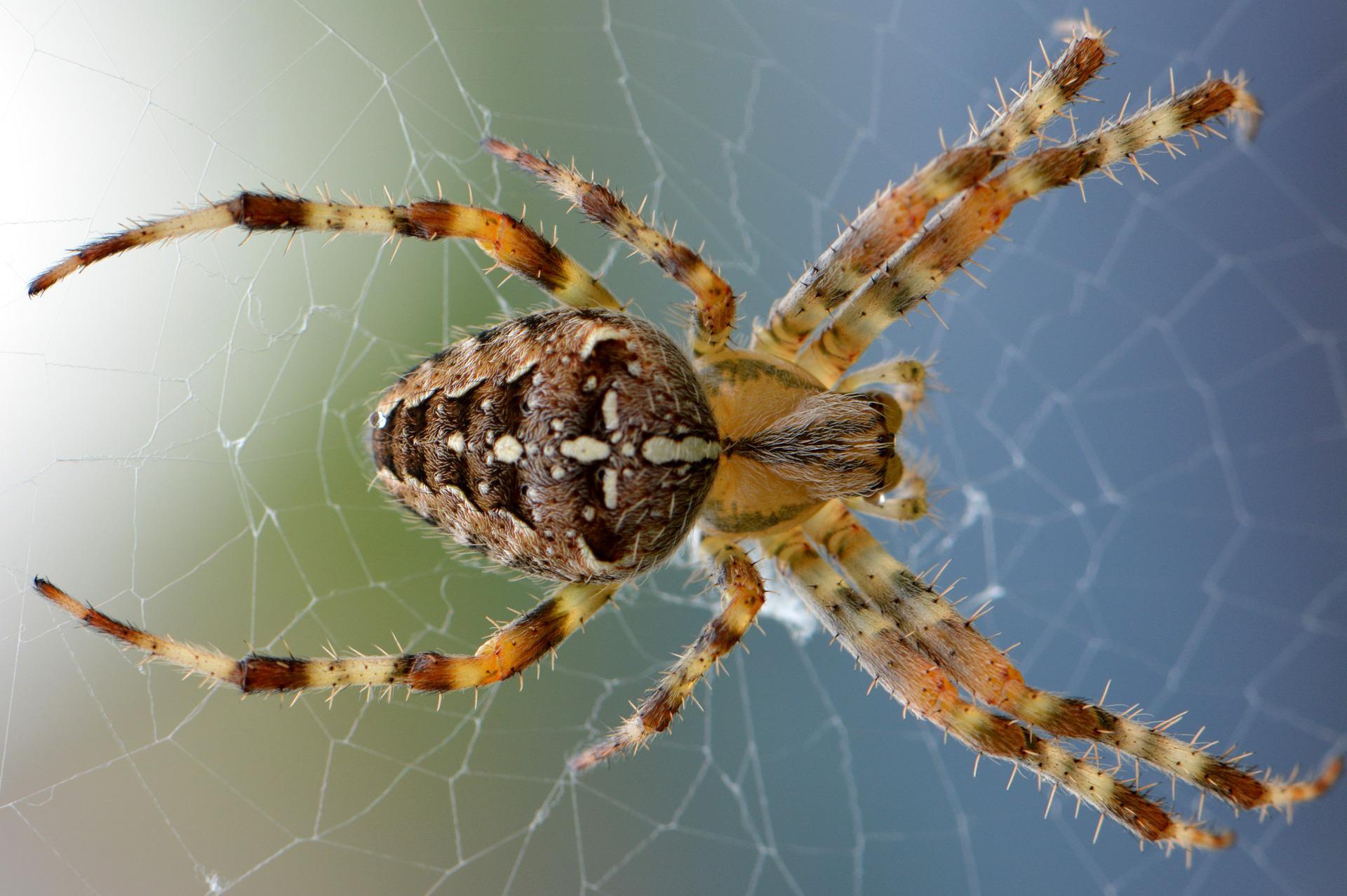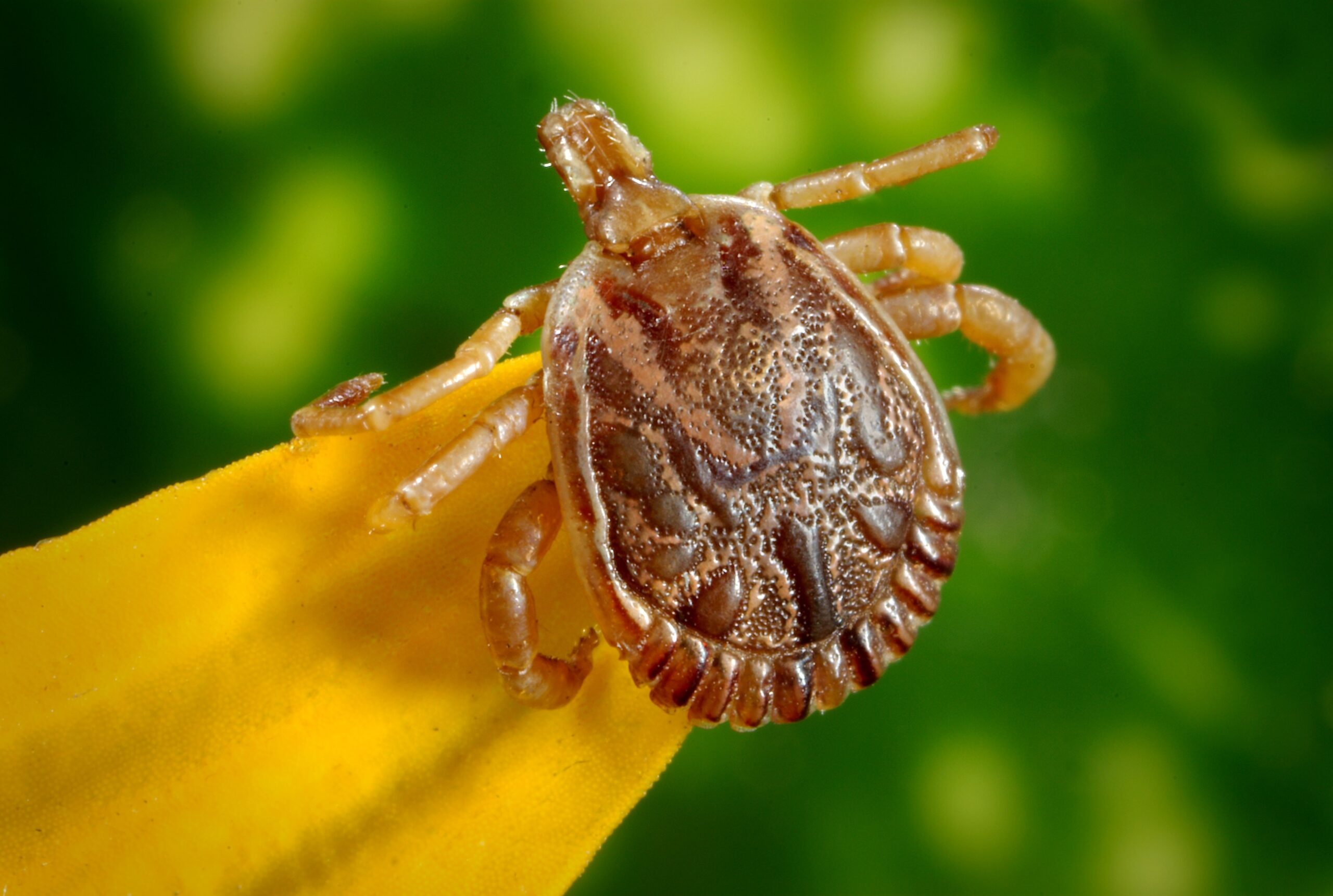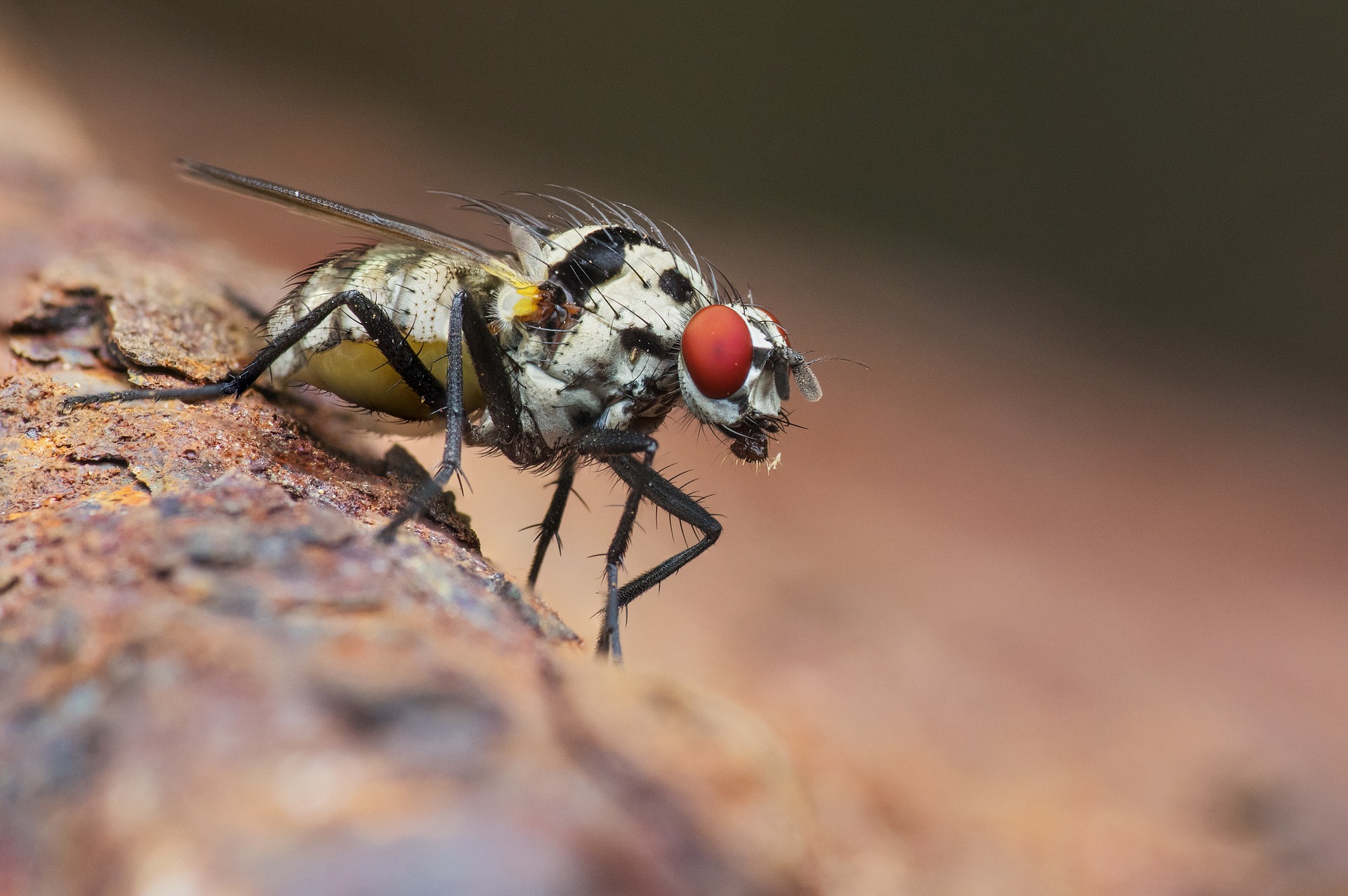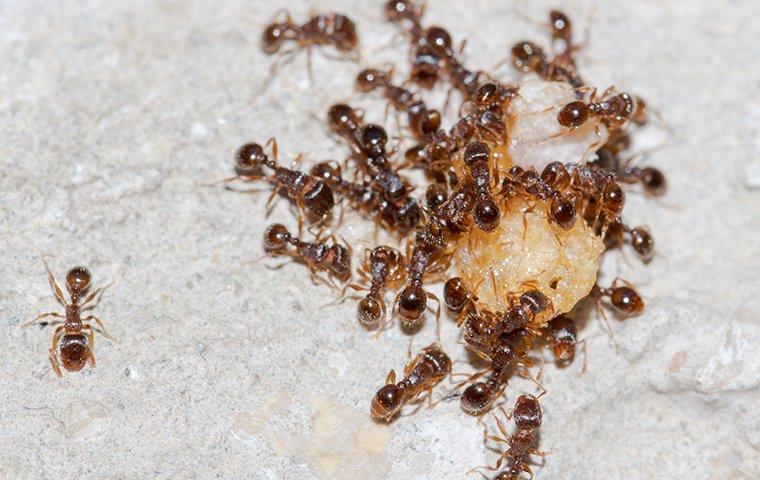While bed bugs have received much attention in recent years, many people are still unfamiliar with these pests. One question often arises is what to do when you see baby bed bugs. If you’ve been seeing small, reddish-brown bugs crawling around your home, there’s a good chance that you’re dealing with bed bugs. However, baby bed bugs are just one of the stages in the life cycle of these pests, and they can be difficult to get rid of once they become established.
Seeing baby bed bugs can be alarming, but it means that the infestation is nearly complete. Baby bed bugs are born fully formed and ready to feed, so they don’t need to go through the nymph stage like other insects. This means that they can start reproducing immediately, leading to a rapid increase in population size. Unfortunately, this also means an infestation can quickly become out of control. So if you see baby bed bugs, it’s important to take action immediately to prevent the problem from worsening.
What Do Baby Bed Bugs Look like?
Many people are familiar with the adult bed bug, a small, reddish-brown insect that feeds on human blood. However, many people don’t know that bed bugs go through several stages of development before reaching adulthood. So, what do baby bed bugs look like?
As with most insects, bed bugs begin their lives as eggs. These eggs are white or pale and are about the size of a pinhead. After hatching from their eggs, baby bed bugs, or nymphs, are translucent and have difficulty holding onto human skin for a blood meal. Nymphs will also molt, or shed their skin, several times as they grow bigger. Once they reach maturity, adult bed bugs are about the size of an apple seed and are brown
Where Do Baby Bed Bugs Hide?
Bed bugs are experts at hiding; their small size means they can squeeze into the tiniest of cracks and crevices. Baby bed bugs often hide in the same places as their adult counterparts, including mattresses, box springs, headboards, and bed frames. They can also be found in other home areas, such as behind baseboards, in electrical outlets, and in the seams of upholstered furniture.
Once female bed bugs have fed on blood, they will lay their eggs in these hiding spots. This means that baby bed bugs can often be found in the same places as their parents. So if you’re seeing small, reddish-brown bugs crawling around your home, there’s a good chance that you have a bed bug infestation.
Bed bugs, in general, don’t crawl very quickly. For one thing, their main method of survival involves hiding rather than running away. These little critters have short legs too. Baby bed bugs are much slower than adult ones. They can’t crawl but prefer to remain hidden and come out at night when it’s safest for them, avoiding any threats in the daytime like their speedy counterparts do!
How to Get Rid of Baby Bed Bugs
If you see small, reddish-brown bugs in your home, there’s a good chance that you’re dealing with bed bugs. Unfortunately, baby bed bugs are just one of the stages in the life cycle of these pests, and they can be difficult to get rid of once they become established. If you see baby bed bugs, you must call a professional exterminator immediately. These experts have the experience and knowledge to safely and effectively eliminate these pests.
The best way to prevent bed bugs is to avoid bringing them into your home in the first place. Be careful when traveling, and inspect your luggage before bringing it inside. If you suspect your hotel room has bed bugs, don’t bring your luggage inside; leave it in the car or outside. And be sure to wash your clothing in hot water as soon as you get home. By taking these precautions, you can help to prevent a bed bug infestation in your home.
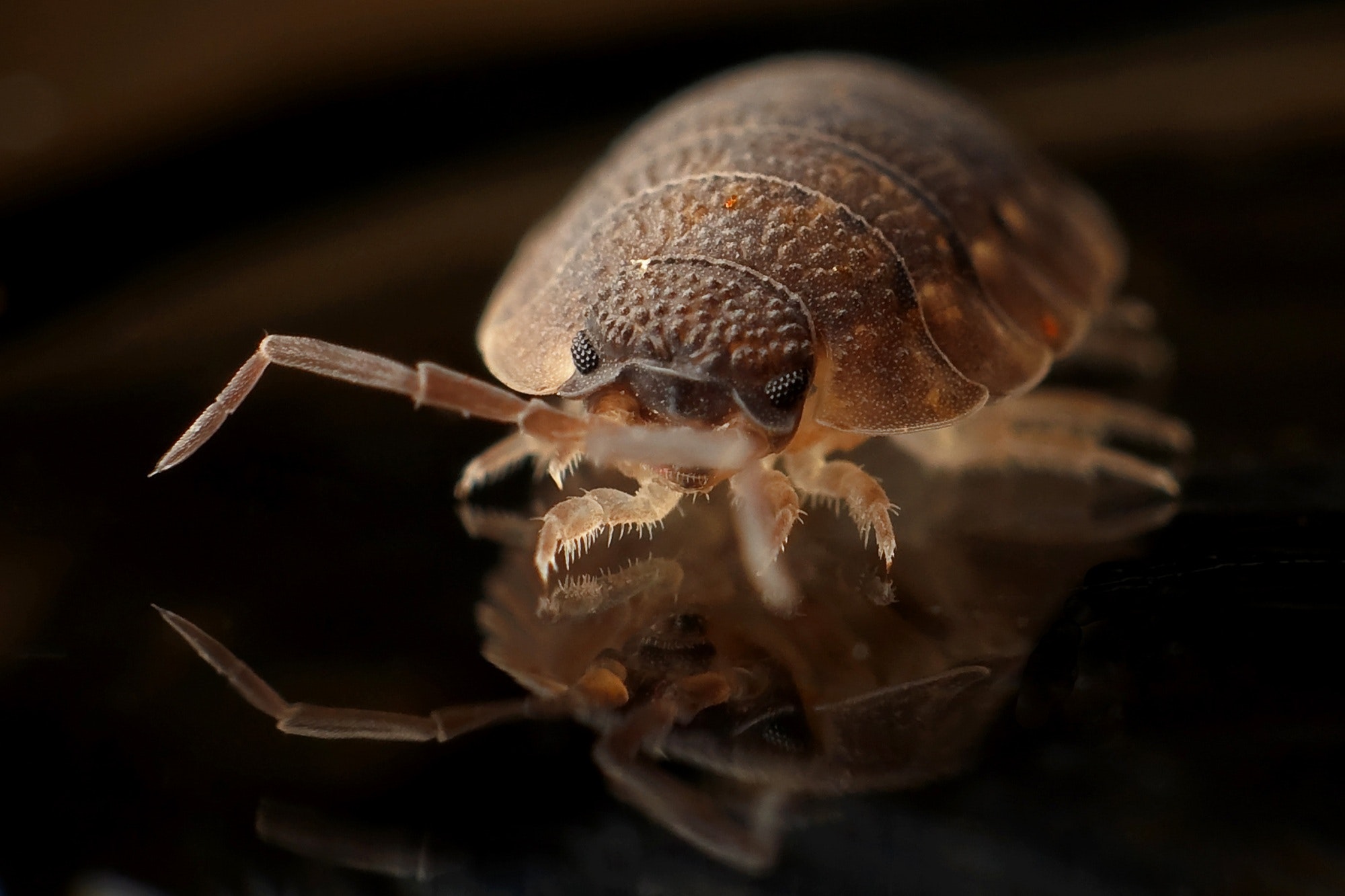)


